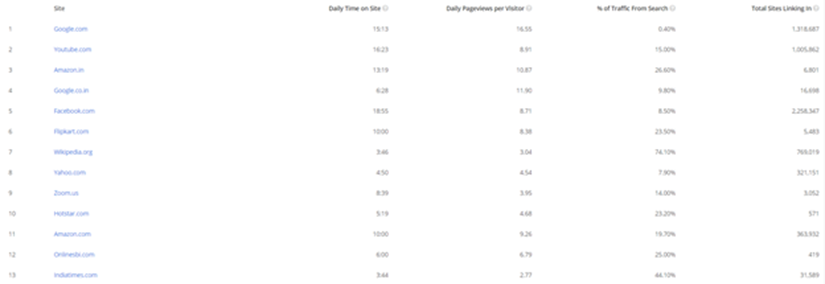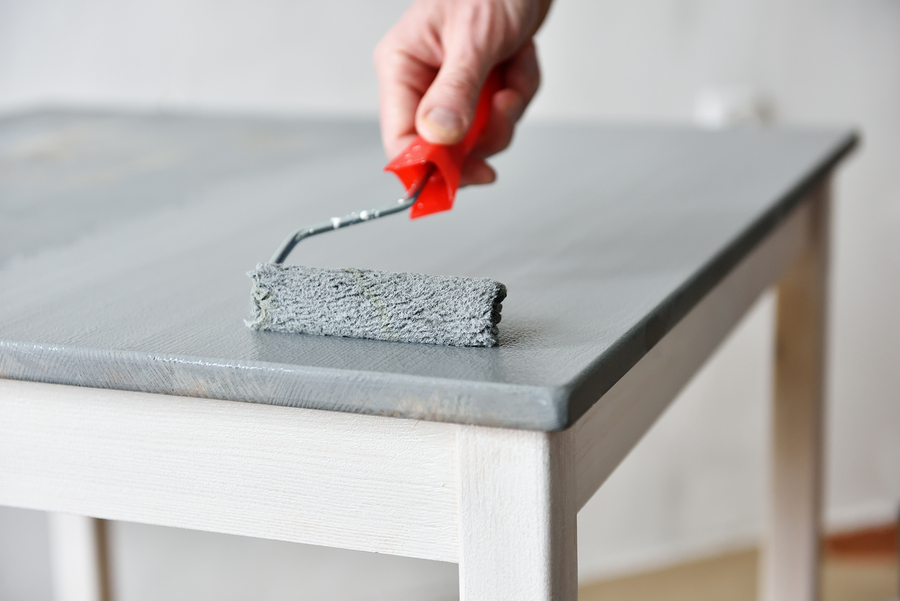From nycsubway.org

Roster
They were replaced in July 2004, with R-110B 3004 and 3006. 8392 and 8401 were moved to the SBK yard for asbestos abatement and scrapping, July 2007. Image 4631 (275k, 1044x694). The rehabilation of each one of the 110 R-10's was done in-house at a cost of $65,000. Scrapping: The last R-10 car to be removed from NYCTA property was #3081, which was the only surviving G.E.-equipped unit in existence. The bulk of the scrapping of the remaining R-10 cars ended in June 1990. Scrap definition is - fragments of discarded or leftover food. How to use scrap in a sentence. Synonym Discussion of scrap. Mar 27, 2017 The prerequisites for performing web scraping in R are divided into two buckets: To get started with web scraping, you must have a working knowledge of R language. If you are just starting or want to brush up the basics, I’ll highly recommend following this learning path in R. During the course of this article, we’ll be using the ‘rvest’ package in R authored by Hadley Wickham. Jul 12, 2020 The first step is to import the required libraries. You will work with the rvest package for web scraping that is authored and managed by Hadley Wickham. The rvest library has several useful functions for extracting data from the web. Start by importing the required libraries.
| Designation | Unit Numbers | Manufacturer | Years |
|---|---|---|---|
| R-10 | 1803-1852 | American Car & Foundry | 1948 |
| R-10 | 3000-3349 | American Car & Foundry | 1948 |
- Cars renumbered 2950-3349 in 1970
- Last R-10 train in revenue service was in September 1989, most likely Friday, September 8, 1989 with just only one train onthe 'C'. The following Monday, there were no R-10's listed onthe 'C' line car assignment sheet. The Electric Railroaders'Association sponsored a 'Farewell to R-10 Fantrip', held October 29,1989, which consisted of cars 3018-3203-3182-2974-3143-3045-3145-3216,probably the last run of R-10 cars with (non-revenue) passengers.
| Length over Anticlimbers 60' 2.5' | Width at Door Sills 10' 0' | Total Weight 81,200 lbs. | Height from Railhead 12' 2' | Height, Railhead to Floor 3' 9 1/8' | Seating Capacity 56 |
Datasheet
Description
Paint Schemes: The R-10's various paint schemeswere as follows: two-tone grey/orange (1948-circa 1967); tartar red(1962-circa 1966 on the following cars: 1822 (ren. 2969), 1850(ren. 2997), 3099, 3101, 3137 and 3342); navy blue/white with andwithout blue stripe (1965-circa 1970), silver/blue (circa 1970-1988)and dark green with silver roof and black front hood (1985-1989 on theGOH Westinghouse units only).
Crusader kings 2 for mac torrent. General Overhaul: The R-10's GOH rehabilationprogram between December 1984 to February 1986 was simply an interimmeasure to get the entire car fleet in a non-graffiti state and awaitthe ultimate arrival and replacement by the R-68/68A's. Therehabilation of each one of the 110 R-10's was done in-house at a costof $65,000.
Scrapping: The last R-10 car to be removed fromNYCTA property was #3081, which was the only surviving G.E.-equippedunit in existence. The bulk of the scrapping of the remaining R-10cars ended in June 1990.
Photo Gallery
| Five Random Images | ||||
Image 2471 (183k, 1024x669) Photo by: Joe Testagrose Location: 88th Street-Boyd Avenue | Image 2476 (136k, 768x512) Photo by: Doug Grotjahn Collection of: Joe Testagrose Location: Broad Channel | Image 44091 (135k, 1024x773) Collection of: George Conrad Collection Location: Broad Channel | Image 150764 (610k, 1200x1200) Collection of: David Pirmann Location: Broad Channel | Image 152575 (424k, 1200x800) Collection of: David Pirmann Location: Rockaway Boulevard |
Car Notes
| Green | Preserved, saved for preservation, or exists in some state | Yellow | Converted to work service (and later scrapped or still in use) | Red | Wrecked/Damaged in accident (and possibly repaired), or scrapped prior to the bulk of the type |
| Number | Notes | ||||
|---|---|---|---|---|---|
| 2959 | Collision at Pitkin Yard, date unknown. Returned to service. | ||||
| 3029, 3240 | Involved in a side swipe incident in 1958, near Dyckman Street on the IND 'A' line. These cars were repaired later by Pullman-Standard, and car #3240 received all-new bright R-17 type lighting with its clear lenses. | ||||
| 3035, 3135 | Damaged in collision, 11/7/1963. A portion of 3035 was welded onto 3135's body. 3135 was returned to service, and renumbered as 3035. Original 3035 was scrapped (and remains of 3135). #3035 became the first R10 to be scrapped. | ||||
| 3047 | Accident causing front end damage. Repaired with spare R-16 parts (note the bulkhead door) and returned to service. Date unknown.
| ||||
| 3055 | Accident? | ||||
| 3062 | Hit by 'E' train outside Hoyt St., 7/17/1970. Scrapped in November, 1976. | ||||
| 3113 | In collision, front end damaged.
| ||||
| 3150 | In collision at 207th Street Yard, 1/11/1973, repaired and returned to service. | ||||
| 3184 | Owned by Railway Preservation Corp. Stored at Coney Island Yard for many years. Has been on display at the New York Transit Museum. Restored to operational condition in 2017 and used on Transit Museum 'Train of Many Metals' nostalgia train service 7/30/2017.
| ||||
| 3189 | Was used for many years as Road Car Inspector School Training Car, at Pitkin Yard. In 2007, was on display at the New York Transit Museum. In 2017 it was moved to 207th Street Yard along with 3184; 3184 was made operational; 3189 to be restored. This car has an experimental 3-passenger transverse seat interior.
| ||||
| 3192 | Car 3192 had a new R-42 type front installed on that car in early 1975 to be the prototype car for an overhaul complete rebuilding of the fleet to be done with modern interiors and air-conditioning. The unit was scrapped in 1980 inside Coney Island Yard and the rebuilding never took place.
| ||||
| 3212 | Involved in a fire condition at Times Square, date unknown. Returned to service. | ||||
| 3221 | Struck by a 'mad bomber' type device at 125th Street, 11/16/1960. Damage sustained on this car was a big hole through its ceiling and roof, but it was subsequently repaired and returned to service. | ||||
| 3226 | On March 6, R-10 3226 was accidentally part of a train consist moved from Concourse Yard to Jerome Yard.. scraping the Bedford Park Blvd. IRT station platform in the process. The car returned to service within a couple of weeks (!). | ||||
| 3274, 3333 | Derailment at Columbus Circle, damage caused by hitting center wall, 12/12/1978. Stored at 207th Street for a year then scrapped in 1980.
|
|

Want a quick way to gather data for your projects? Welcome to our guide to web scraping with R, a collection of articles and tutorials which walk you through how to automate grabbing data from the web and unpacking it into a data frame.
Youtube Web Scraping In R
The first step is to look at the source you want to scrape. Pull up the “developer tools” section in your favorite web browser and look at the page. Can you find the data you’re looking for?
- If the data is available as a CSV file, you can read it directly from the web.
- If the web page is simple, you can parse it using Readlines() and RCurl package.
- For complex pages, consider using the rvest package to target slices of the page using CSS tags. Web developers use CSS tags (Cascading Style Sheets) to format and decorate content). They are a good way to go after data on news sites and Wikipedia.
- Trying to grab data from a site that uses AJAX? Never fear, this is actually very easy – here’s how to grab data using JSON.
Looking for ways to dig deeper into this topic?
Web Scraping In R Datacamp
- Check out our list of suggested projects to master web scraping!
